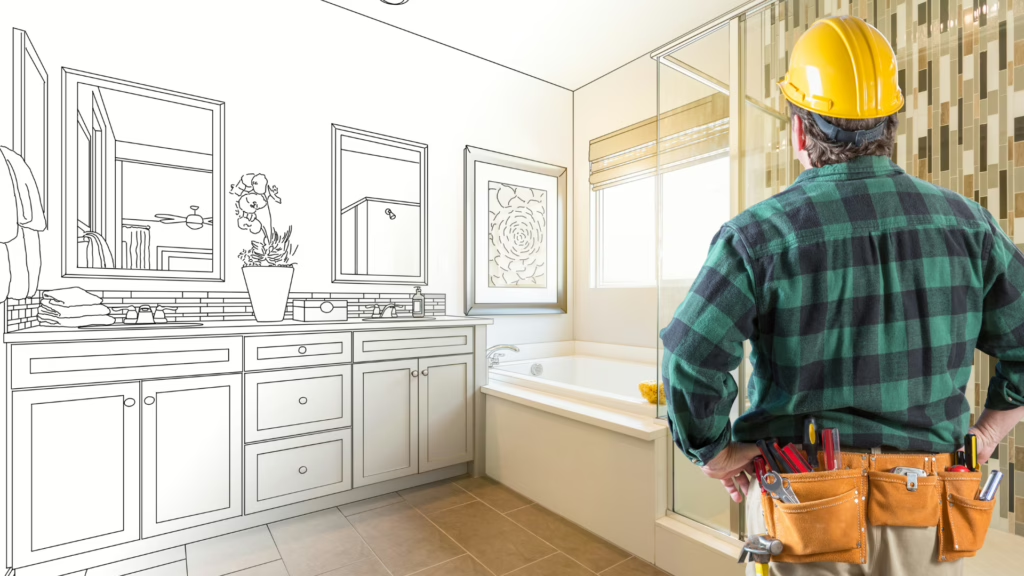One of the biggest decisions a person can make is purchasing a home, even moreso, a brand new home. In addition to considering the neighborhood and the design, for new homes, one must determine the type of home and whether to build or buy. Another factor that must be considered is if the home will be custom, semi-custom, or spec. There are significant differences among them, even though all are under the realm of new construction. Knowledge and understanding of the pros and cons of each can help determine the type of home that is best suited to your lifestyle, timeline, and budget.
What Is a Custom Home?
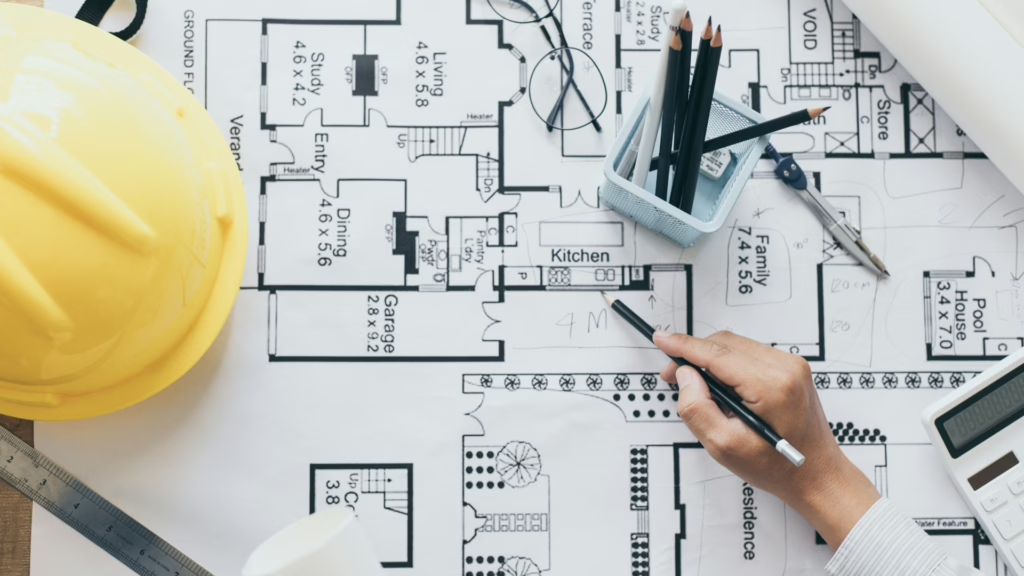
A custom home is a residence designed and built according to the desires of the homeowner. The buyer works closely with an architect and a builder to design a floor plan tailored entirely to their preferences. It is an exciting process because the owner has the opportunity to create the home of his or her dreams.
These types of homes are typically built on land that the owner has already acquired. However, because of the detail involved in customizing the home, construction can last from 10 to 24 months, depending on weather and permit approvals.
A custom home build is perfect for people who know what they want in their home and cannot find it in the existing inventory. Some examples include having multigenerational living requirements, multiple primary suites, a separate and secluded wing, or even a separate residence on the land for family members or to rent out or AirBnB.
Custom homes are usually more expensive due to architectural fees, land costs, and the detailed craftsmanship involved in the build to ensure all the details are achieved for the home owner. In fact, according to the National Association of Home Builders, custom homes are usually the most expensive option per square foot, not only because of labor and materials but also because of the special nature of the work..
Understanding Semi-Custom Homes
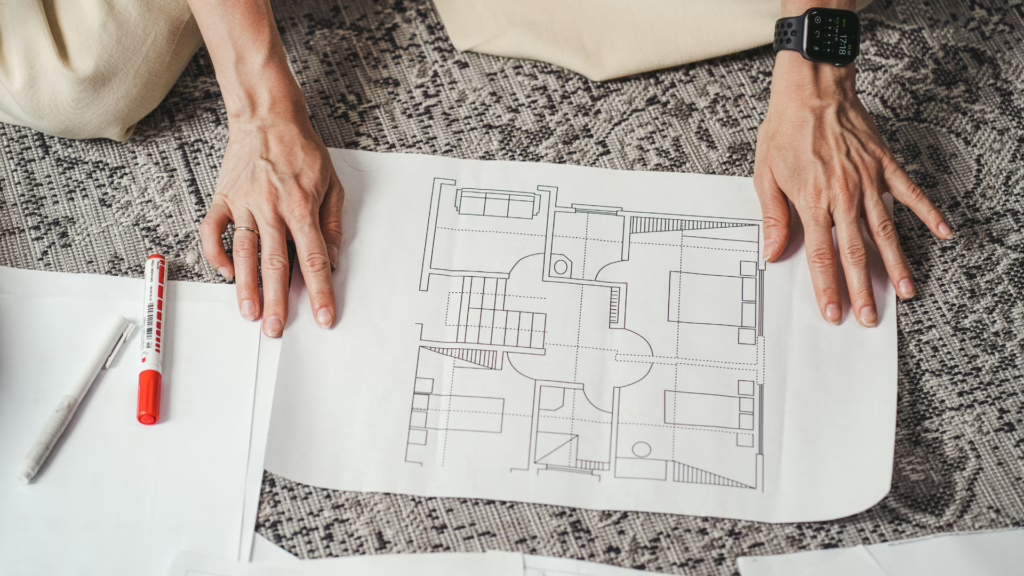
Semi-custom homes offer a middle ground. Buyers choose from a set of pre-designed floor plans and can customize certain features such as cabinetry, flooring, paint colors, and appliances. Structural changes may be limited or require additional approval and costs.
These homes are typically built within master-planned communities or subdivisions, where developers provide a menu of choices to streamline construction while allowing for some personalization. Buyers often visit a design center to make their selections, working with a design consultant to curate their interior preferences.
The main appeal of a semi-custom home is that it balances choice and convenience. The timeline is faster than a fully custom home, only between 6 and 12 months. The budget is predictable, at least in terms of the basic layout and features. Since the structure is already defined, the buyer can make decisions on finishes without becoming overwhelmed by architectural or engineering logistics.
One common misconception is that semi-custom means low quality. In reality, many high-end builders operate in this space, offering premium materials and layouts. The semi-custom model allows them to keep costs controlled while delivering a tailored product. This option works best for buyers who want more input than a spec home allows but do not have the time or resources to go full custom.
The Appeal of Spec Homes

Spec homes, short for speculative homes, are move-in-ready or near-completion houses built by developers without a specific buyer in mind. Builders “speculate” that the home will appeal to someone in the market, based on popular floor plans and finishes.
These homes are ideal for buyers who want new construction without the wait. In hot markets, spec homes can sell quickly, especially when inventory is low. Buyers typically have limited input on design choices, although minor changes may be possible if the home is still under construction when purchased.
Spec homes are often built in large numbers within a development and use builder-standard materials and finishes to keep costs manageable. While they lack the individuality of custom or semi-custom homes, they often benefit from economies of scale, making them more affordable. According to Realtor.com, spec homes can be 10 to 20 percent less expensive than custom-built counterparts.
For first-time buyers or those relocating quickly, spec homes provide a practical solution. They offer modern amenities, warranties, and energy-efficient features without the emotional and logistical complexities of designing a home from scratch.
Cost Comparison: Breaking Down the Budget

Cost is one of the defining differences between custom, semi-custom, and spec homes. Custom homes carry the highest price tag because of architectural design fees, site preparation, and the sheer number of unique elements involved.
A semi-custom home can shave tens of thousands of dollars off that total. Builders save money by using standardized materials and layouts, passing those savings to the buyer while still offering flexibility. Design centers may present upgrades that add to the final price, but overall, the base cost remains more predictable.
Spec homes are generally the most budget-friendly option. Because they are built en masse with standardized features, builders benefit from bulk discounts and streamlined processes. These savings are often reflected in the purchase price.
It is important to note that affordability does not always equate to long-term value. A spec home in a growing neighborhood might appreciate faster than a custom home built on isolated land. Similarly, a semi-custom home in a sought-after school district could offer a better return on investment than a lavish custom design in a less-desirable location.
Design Flexibility and Creative Control
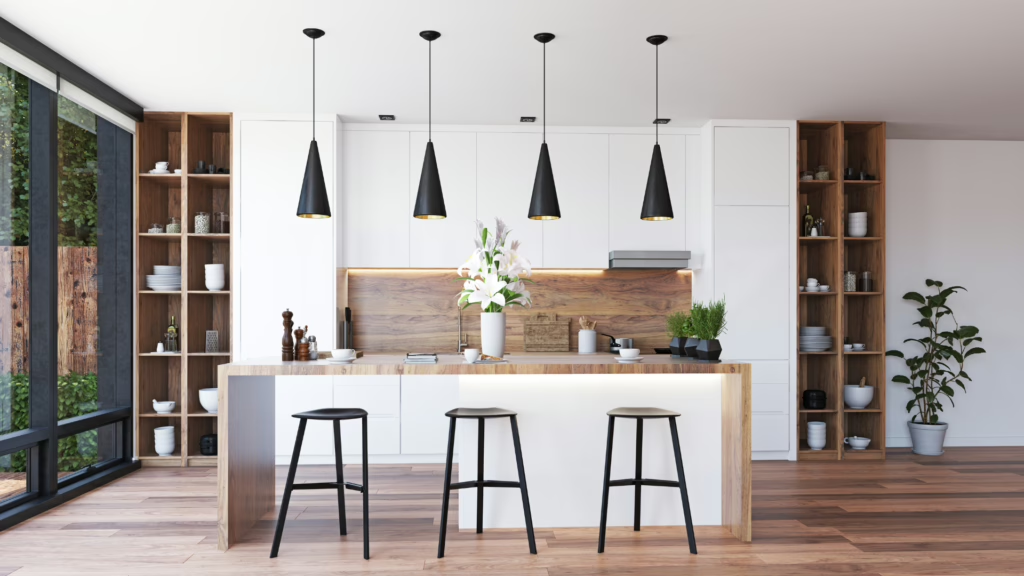
The level of creative freedom in each option varies dramatically. Custom homes are a blank slate. If a buyer wants a turret, a sunken living room, or an indoor koi pond, they can design it—budget permitting.
Semi-custom homes provide partial control. Buyers can often choose between layout variations, cabinet styles, countertop materials, and lighting packages. The bones of the house remain the same, but the finishes reflect the buyer’s taste.
Spec homes are the most limited in terms of design. Choices are usually restricted to pre-selected color schemes or appliance upgrades. However, this lack of customization can be a relief for buyers who feel overwhelmed by decisions or simply want a move-in-ready home.
Homebuilder marketing often emphasizes choice, but the difference lies in how deep that choice goes. It is worth visiting model homes and asking builders exactly which elements are customizable before making assumptions based on terminology alone..
Timeline and Project Management

Building a custom home is a complex project. The timeline is affected by architectural design, zoning laws, permit approvals, weather delays, and contractor availability. For buyers who are not in a rush, this process can be rewarding. But it also demands patience and hands-on involvement.
Semi-custom homes follow a more regimented timeline. Because the structural plans are pre-approved and the process is familiar to the builder, these homes generally finish on schedule. Buyers still need to be available for design consultations and walkthroughs but can rely more on the builder to manage the day-to-day operations.
Spec homes offer the quickest move-in times. Because construction is either complete or near-complete, buyers can close in as little as 30 to 60 days. This option is ideal for those facing relocation, job changes, or other tight deadlines.
Time is money, especially in real estate. Delays in construction can lead to extended rental periods, multiple mortgage payments, or increased interest rates. Buyers should weigh their personal timelines when choosing between home types.
The Emotional Factor: Buying a Home That Fits
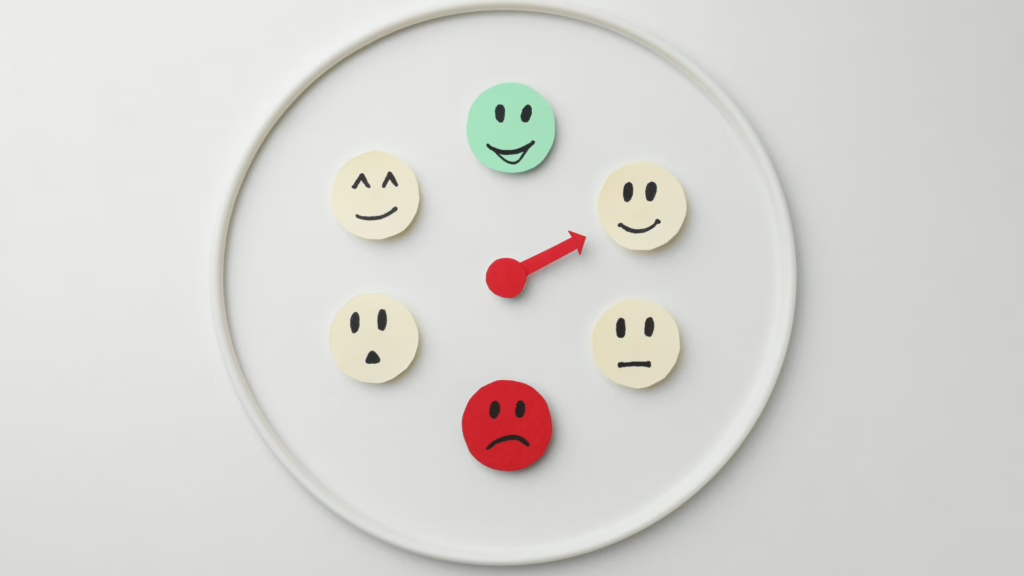
Beyond cost and logistics lies an often-overlooked element: emotional satisfaction. Custom homes allow buyers to bring a personal vision to life. Every corner reflects their decisions, making the house uniquely theirs.
Semi-custom homes offer a sense of ownership without the stress of starting from zero. There is pride in selecting the finishes and seeing the home take shape, even if it starts from a predetermined blueprint.
Spec homes, though less personal, offer the excitement of a fresh start with modern features and efficient layouts. Many buyers fall in love with a spec home during a walkthrough and appreciate the instant gratification it provides.
Ultimately, the right choice depends not only on what the buyer can afford or how fast they need to move, but also on what feels right. Some crave control, others prefer simplicity. The emotional pull should not be underestimated when making this decision.
Resale Value and Market Demand
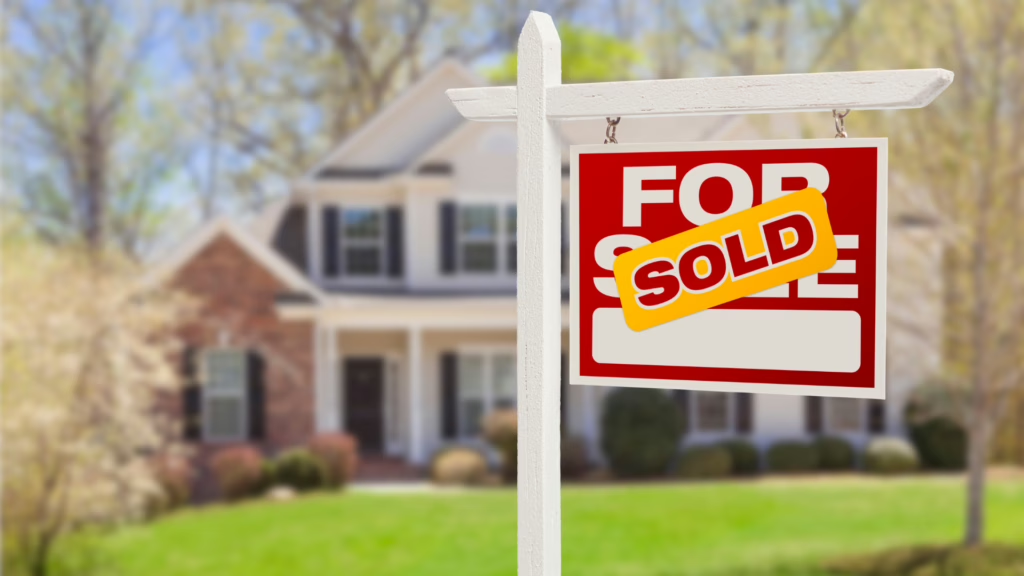
Resale value is a crucial consideration, especially for buyers viewing their home as an investment. Custom homes may face challenges at resale due to their highly personalized nature. Unique features that appealed to the original owner may not align with the tastes of a broader market, potentially limiting buyer interest. However, if a custom home is built in a desirable location with quality materials and timeless design, it can command a premium.
Semi-custom homes generally strike a strong balance in the resale market. Because they offer a mix of popular layouts and personal touches, they tend to attract a wide range of buyers. Homes built in master-planned communities with amenities like parks, trails, and good schools often appreciate well over time.
Spec homes can perform well in resale, especially if located in high-demand areas and maintained properly. Their affordability makes them attractive to first-time homebuyers, and modern design elements can give them a competitive edge. However, their standard features and high competition in similar price ranges can sometimes result in slower appreciation.
Regardless of the home type, market conditions, location, and upkeep are the most influential factors in resale value. Buyers should work with a knowledgeable real estate agent to understand local trends and position their investment strategically.
Financing and Loan Considerations

The type of home you choose can also affect your financing options. Custom homes often require construction loans, which differ significantly from traditional mortgages. These loans are typically short-term, disbursed in stages as work is completed, and may carry higher interest rates. Borrowers must also demonstrate strong credit and have a substantial down payment. Once construction is complete, the loan usually converts to a standard mortgage or must be refinanced.
Semi-custom homes are generally financed with a more conventional construction-to-permanent loan or a standard mortgage, depending on how far along the building process is when the buyer commits. Because the builder already has approved plans and processes, lenders view these projects as lower risk compared to full custom builds.
Spec homes, being completed or nearly complete, are eligible for standard mortgage loans. This makes them the easiest to finance and often the most attractive option for buyers who prefer simplicity. Buyers can also take advantage of builder incentives, such as reduced closing costs or interest rate buy-downs, which are common in the spec home market.
Understanding the financial nuances can prevent costly surprises. It is essential to speak with a mortgage broker or lender early in the process to align expectations and ensure a smooth transaction.
TLDR: Quick Comparison
- Custom homes offer total design control but require more time and money.
- Semi-custom homes balance personalization with efficiency, ideal for moderate budgets.
- Spec homes are move-in ready, cost-effective, and ideal for quick transitions.
- Custom homes are best for those with specific needs or architectural visions.
- Semi-custom homes suit buyers who want choices but within a guided framework.
- Spec homes are practical for first-time buyers or relocators seeking convenience.
- Each type has different implications for cost, timeline, emotional investment, and resale value.
Understanding these distinctions helps demystify the new-construction process and empowers buyers to choose the path that best fits their goals and lifestyle.
